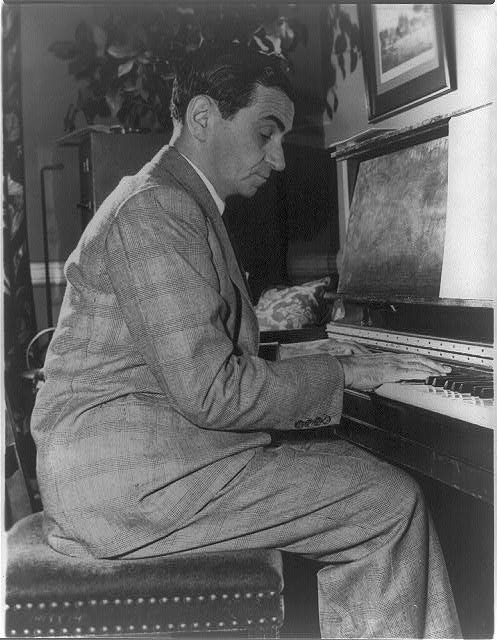[Monday Notes no. 130] Irving Berlin is one of the greatest American songwriters. He was born in Belarus and emigrated to America at the age of five. Despite having a poor musical education, he achieved success thanks to his tenacity and his ability to invent simple and effective melodies. Let us listen to and analyse one of his little-known yet very graceful pieces, What’ll I Do.
Irving Berlin began composing melodies on the piano in the restaurant where he worked, and always tried to understand and satisfy the tastes of his audience. Talking about his music, he said:
A good song embodies the feelings of the mob, and a songwriter is not much more than a mirror which reflects those feelings

What’ll I Do is a piece in 3/4 time, in the classic AABA form and is harmonically very simple. Jazz compositions in 3/4 time are also called jazz waltzes, for example the famous Waltz for Debby by pianist Bill Evans.
The first four measures of What’ll I Do are based on a plagal cadence, with the typical IV I movement. The plagal cadence in the form IVbm6 I (in the piece Dbm6 Ab) is very common in classical music, from which Irving Berlin frequently takes inspiration. For example, his famous piece Cheek to Cheek uses the theme from Chopin’s Polonaise Op.53.

In the second part, the piece modulates to the IV degree, Db. At the conclusion of this section, the piece returns to the tonic Ab. The harmony of What’ll I Do is thus elementary, but after all Berlin’s aim was to create effective melodies, certainly not to be an innovator.

In this version of What’ll I Do we hear July London, an American actress and singer. She performs the song freely without tempo, with guitar accompaniment only. It is a very delicate interpretation, suited to the lyrics of the song, which are about an ended love affair. In the transcription I preferred to keep the original tempo of the song, 3/4.
Irving Berlin is the author of other very famous songs such as Blue Skies, brought to success by Frank Sinatra, and the classic Christmas song White Christmas. During an interview Berlin also stated:
What’ll I Do è un pezzo che Irving Berlin scrisse nel 1923, e che ancora negli anni ’80 e ’90 è stato utilizzato in alcuni film e serie TV. Durante un’intervista Berlin dichiarò anche:
“How long will one of my songs live? If it lives ten years, that’s long enough for me’.
However, his songs have lived well over ten years, and some are perhaps destined to live forever.
Until next Monday!
Download the lead sheet of What’ll I Do


